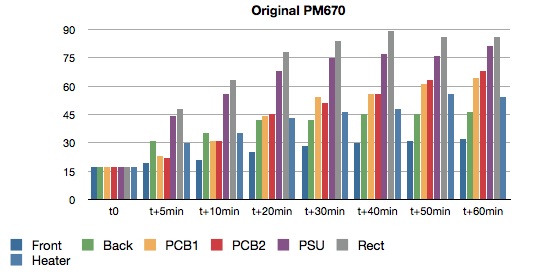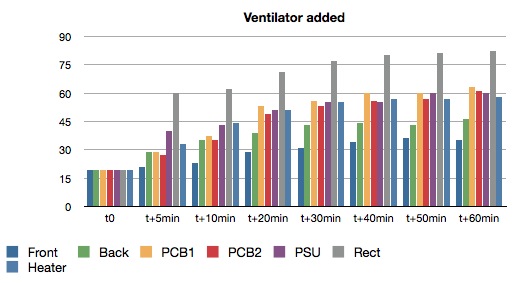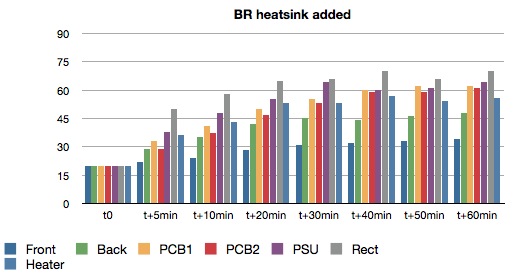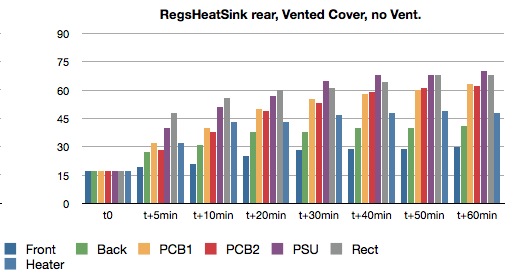Kingston
Well-known member
radiance said:Yes, but does that mean you'll have to rethink the attenuator resistance value to still have a sensible range?
Cause there's no way I'm going to redo those Elma's ..
No changes needed.
radiance said:Yes, but does that mean you'll have to rethink the attenuator resistance value to still have a sensible range?
Cause there's no way I'm going to redo those Elma's ..
Kingston said:radiance said:Yes, but does that mean you'll have to rethink the attenuator resistance value to still have a sensible range?
Cause there's no way I'm going to redo those Elma's ..
No changes needed.
That would be interesting indeed! If that will do the job I will get them right away!radiance said:Yeah, tried running it in reverse...
Maybe try some Lundahl 1540 or 1521 in 1:2 modus...
king-rb said:hi all together. i rewired my poorman to make the error tracking easyer. now its working and i like what it does but there are problems with the frequency response. what can cause such a bad frequency response?
also what can cause this distortions in the signal?
telefunk said:Ok, done!
We matched the 6n5p's and it now sounds sweet!!!
It is absolutely one of the nicest sounding vari-mu's i've ever heard.




Holger said:The brute force side chain can also be found in the Fairchild, right?
Enter your email address to join: